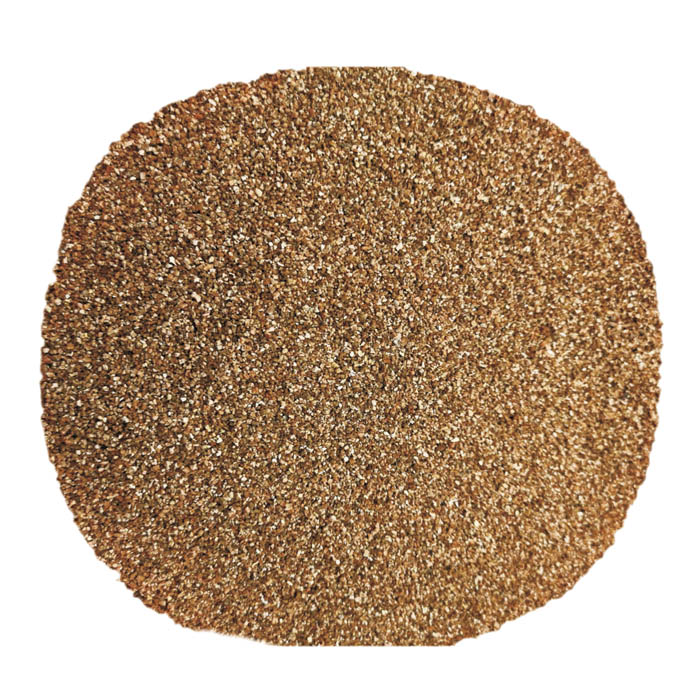ಡಿಸೆ . 24, 2024 11:56 Back to list
steel-making
The Art and Science of Steel-Making
Steel-making is a crucial process that transforms raw materials into one of the most versatile and widely used materials in the world steel. This process not only plays a pivotal role in the construction and manufacturing industries but also significantly impacts modern society's economic and technological development.
At its core, steel-making involves the conversion of iron ore, along with additives such as carbon, into steel. The two primary methods of producing steel are the Basic Oxygen Steelmaking (BOS) process and the Electric Arc Furnace (EAF) method. Each method has its unique characteristics and is chosen based on factors like production scale, energy efficiency, and environmental considerations.
Basic Oxygen Steelmaking (BOS)
The BOS process is the predominant method of steel production, accounting for nearly 70% of the world’s steel output. In this approach, molten iron, produced from iron ore in a blast furnace, is poured into a converter. A mixture of pure oxygen and argon is then blown into the molten iron. This reaction oxidizes the carbon and impurities in the iron, producing heat and leading to the formation of steel. The process is efficient and yields high-quality steel, but it requires significant energy input and produces CO2 as a byproduct.
One of the exciting aspects of the BOS process is its adaptability. By adjusting the oxygen flow and the composition of scrap materials added to the mix, manufacturers can tailor the properties of the steel for specific applications—from structural beams to car parts.
Electric Arc Furnace (EAF)
On the other hand, the Electric Arc Furnace method relies primarily on recycled steel scrap as its raw material. By applying a high-voltage electric current, the scrap is melted down, creating molten steel. This method is celebrated for its sustainability and lower carbon emissions compared to the BOS process. In fact, the EAF method is gaining traction as the world pushes for greener production methods to combat climate change.
steel-making

The EAF process allows for flexible production scales, making it an attractive option for smaller steel manufacturers or those looking to minimize their environmental footprint. Additionally, the ability to use various grades of scrap metal enables producers to create customized steel alloys tailored to specific industrial needs.
Innovations in Steel-Making
Innovation in steel-making is crucial for improving efficiency and reducing environmental impact. The industry is exploring new technologies, such as hydrogen-based reduction methods, which have the potential to significantly cut down carbon emissions by using hydrogen instead of carbon in the reduction of iron ore. Researchers are also focusing on the recycling of materials to minimize the demand for virgin resources and reduce waste.
Another area of innovation lies in digitalization and automation. Smart manufacturing techniques, including the use of artificial intelligence and the Internet of Things (IoT), enable real-time monitoring and optimization of the steel-making process. These advancements not only improve operational efficiency but also ensure higher quality control.
The Future of Steel-Making
As global demand for steel continues to rise, driven by urbanization and infrastructure development, the industry faces the dual challenge of meeting this demand while minimizing environmental impact. The trend towards circular economy principles is becoming more pronounced, with manufacturers seeking to establish more sustainable practices in steel production.
In conclusion, steel-making is a complex interplay of art and science that forms the backbone of modern industry. With ongoing innovations aimed at sustainability and efficiency, the future of steel is not only promising but pivotal for building a resilient and environmentally conscious society. As the industry evolves, it will remain essential in shaping the infrastructure, technology, and lives of generations to come.
-
Environmentally Friendly Granule Covering Agent: Sustainable Solutions
NewsAug.27,2025
-
High Purity Graphitized Petroleum Coke & Low Nitrogen Recarburiser
NewsAug.26,2025
-
Fe-C Composite Pellets for BOF: Enhance Efficiency, Lower Steelmaking Costs
NewsAug.25,2025
-
Durable Building Material for Round Wall Exporters | Custom Shapes
NewsAug.24,2025
-
Tundish Dry Vibrator: Boost Steel Casting Performance
NewsAug.23,2025
-
Thermal Insulation Cups Materials Exporters - Quality & Durable Supplies
NewsAug.22,2025
